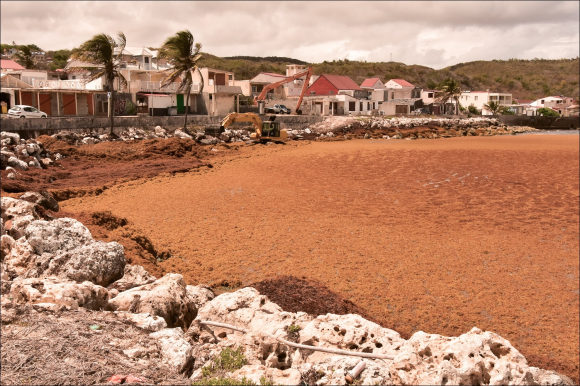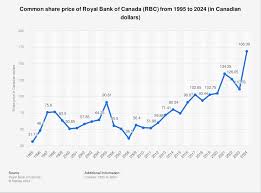
Introduction to Sargasses
Sargasses, or sargassum, are brown algae that float on the ocean surface, forming extensive mats that can stretch for miles. Known for their ecological importance, these seaweeds play a vital role in marine ecosystems, providing habitat and food for numerous marine species. As climate change drives shifts in ocean conditions, understanding the trends and management of sargasses has become increasingly important.
Recent Events Related to Sargasses
In recent years, particularly across the Caribbean, researchers have observed significant increases in sargassum blooms. In 2023, vast quantities of sargassum have washed up on the shores of tourist destinations like Playa del Carmen and the Bahamas, interrupting local tourism and threatening marine biodiversity. The phenomenon has been attributed to a combination of factors, including nutrient runoff from agriculture, warming ocean temperatures, and changes in ocean currents, all exacerbated by climate change.
According to the University of South Florida’s Optical Oceanography Lab, 2023 has seen one of the largest sargassum blooms recorded, with an estimated 24 million tons of the algae reported in the Atlantic Ocean. These blooms not only disrupt local economies but lead to the death of marine life as the decaying algae depletes oxygen in the water.
Ecological Importance of Sargasses
Despite the challenges posed by excessive sargassum, it serves several essential functions in the marine environment. Sargasses provide a breeding ground for fish, crustaceans, and other marine organisms. They are also critical to the life cycles of species like juvenile sea turtles, which use the floating mats for protection and nourishment. Moreover, these algae absorb carbon dioxide from the atmosphere, helping mitigate climate change effects.
Conclusion and Future Outlook
As the impact of sargasses becomes more pronounced, researchers emphasize the need for comprehensive management strategies. Understanding the specific triggers for blooms can help inform proactive measures to address the phenomenon. The effective monitoring of sargassum growth, combined with sustainable agricultural practices to reduce nutrient runoff, will be crucial to maintaining ecological balance.
For coastal communities and policymakers, engaging with scientists and developing frameworks to adapt to and manage this persistent issue will be vital for protecting marine ecosystems and supporting local economies. Given the projected increases in sargassum due to climate factors, strategic planning will be essential for navigating the future landscape of our oceans.

